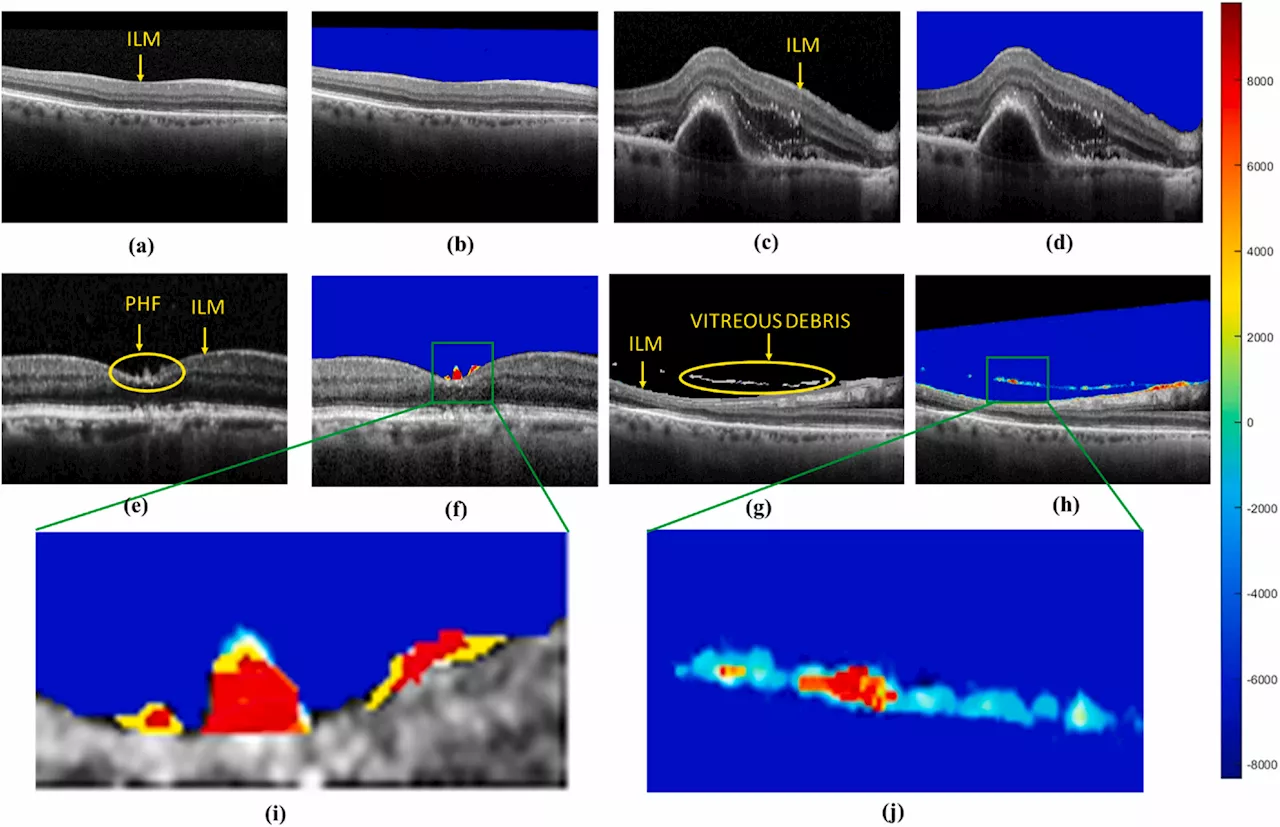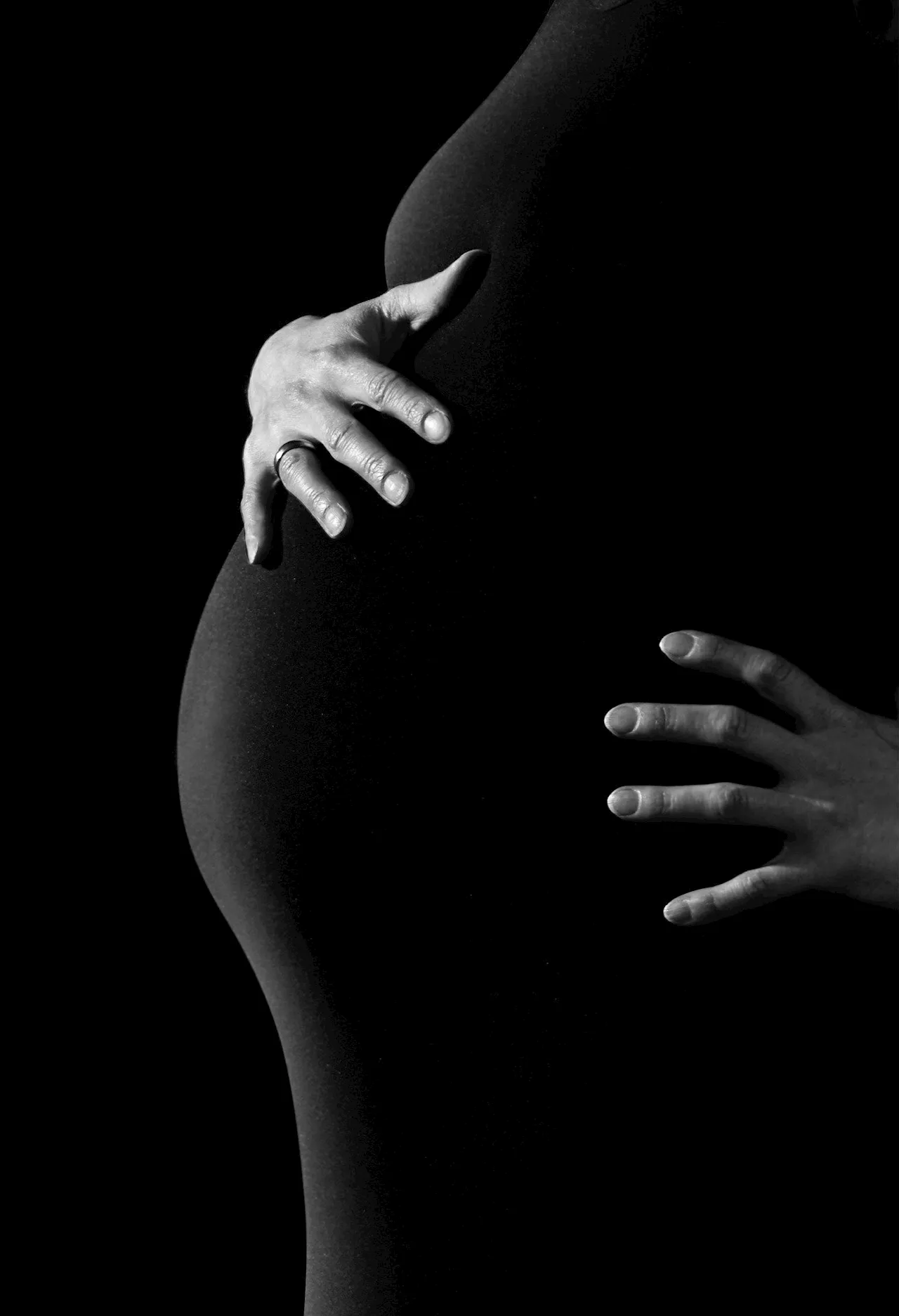Research shows that both urine and saliva samples effectively capture oxytocin and cortisol fluctuations in response to physical exercise, highlighting the robustness of these non-invasive methods.
By Dr. Sanchari Sinha Dutta, Ph.D.Jul 22 2024 A study published in the journal Psychoneuroendocrinology describes the effectiveness of saliva and urine samples in accurately capturing the changes in cortisol and oxytocin levels in response to physical exercise.
However, the sensitivity and reliability of measuring oxytocin concentration in saliva and urine samples remains uncertain. It is also unclear whether and under which conditions urinary oxytocin correlates with salivary oxytocin concentrations. The second group included 23 experienced runners who were instructed to run continuously for 60 minutes at a fixed speed. They provided heart rate, urine samples, and saliva samples at baseline , post-running, and 30-minute post-exercise resting periods.
Among control predictors, only age showed a significant negative association with urinary oxytocin concentrations but not with salivary oxytocin concentrations.Urinary cortisol concentrations significantly increased from pre-running to post-resting time points in group 2. However, no significant differences in urinary cortisol concentrations were observed between pre-running, post-running, and post-resting time points in group 1.
Associations between urinary and salivary oxytocin and cortisol concentrations Running-induced increase in urinary and salivary oxytocin concentration from pre-running to post-running timepoint showed significant positive associations in both study groups. However, no such association was observed for absolute oxytocin centration.
Exercise Hormone Oxytocin Research Blood Brain Heart Heart Rate Hypothalamus Running
United Kingdom Latest News, United Kingdom Headlines
Similar News:You can also read news stories similar to this one that we have collected from other news sources.
 Research reveals exercise brain boost can last for yearsA longitudinal study by University of Queensland researchers has found high-intensity interval exercise improves brain function in older adults for up to five years.
Research reveals exercise brain boost can last for yearsA longitudinal study by University of Queensland researchers has found high-intensity interval exercise improves brain function in older adults for up to five years.
Read more »
 Herpes infections take major economic toll globally, new research showsGenital herpes infections and their related complications lead to billions of dollars in health care expenditures and productivity losses globally, according to the first ever global estimates of the economic costs of these conditions.
Herpes infections take major economic toll globally, new research showsGenital herpes infections and their related complications lead to billions of dollars in health care expenditures and productivity losses globally, according to the first ever global estimates of the economic costs of these conditions.
Read more »
 Milling and baking slash nutrient levels in wheat flour, new research showsWhat does whole wheat have that refined flour lacks? A new study reveals key differences in nutrient content along with exactly where nutrients are lost -; and sometimes gained -; along the journey from farm to table.
Milling and baking slash nutrient levels in wheat flour, new research showsWhat does whole wheat have that refined flour lacks? A new study reveals key differences in nutrient content along with exactly where nutrients are lost -; and sometimes gained -; along the journey from farm to table.
Read more »
 AI technology advances early detection of severe eye inflammation, new research showsAge-related macular degeneration (AMD) is a leading cause of vision loss in the U.S., affecting 11 million people, particularly older adults. The more severe form, neovascular age-related macular degeneration (nAMD), is characterized by abnormal blood vessel growth under the retina. These vessels leak fluid or blood, leading to vision loss.
AI technology advances early detection of severe eye inflammation, new research showsAge-related macular degeneration (AMD) is a leading cause of vision loss in the U.S., affecting 11 million people, particularly older adults. The more severe form, neovascular age-related macular degeneration (nAMD), is characterized by abnormal blood vessel growth under the retina. These vessels leak fluid or blood, leading to vision loss.
Read more »
 Familial endocrine diseases linked to increased risk of pregnancy loss, new research showsWomen who have close family members with endocrine diseases--including type 2 diabetes, thyroid diseases and polycystic ovary syndrome (PCOS)--are at higher risk of pregnancy loss, a new study has found.
Familial endocrine diseases linked to increased risk of pregnancy loss, new research showsWomen who have close family members with endocrine diseases--including type 2 diabetes, thyroid diseases and polycystic ovary syndrome (PCOS)--are at higher risk of pregnancy loss, a new study has found.
Read more »
 Creativity starts in the cradle, new research showsInfants less than 1 year old can combine simple concepts into complex ideas, showing that creativity begins in babyhood. According to new research at the University of Birmingham, in the U.K.
Creativity starts in the cradle, new research showsInfants less than 1 year old can combine simple concepts into complex ideas, showing that creativity begins in babyhood. According to new research at the University of Birmingham, in the U.K.
Read more »
